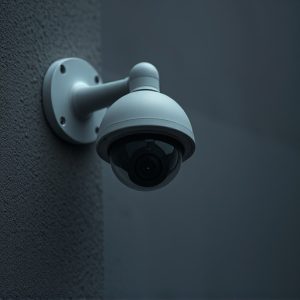Hidden Security Cameras: Ethical Discreet Surveillance for Home Safety
Hidden security cameras blend seamlessly into their surroundings as everyday objects, offering discr…….
Hidden security cameras blend seamlessly into their surroundings as everyday objects, offering discrete yet powerful monitoring solutions for homes and offices. These devices capture video and audio footage, providing peace of mind and deterring intruders. Key features include motion detection, night vision, and two-way audio. While acting as a deterrent without revealing presence, they offer 24/7 monitoring and capture valuable footage remotely. Installation requires careful consideration of ethics and privacy, including explicit consent and strategic placement to respect boundaries and comply with legal standards.
Uncover the world of hidden security cameras and explore their growing significance in home surveillance. These discreet devices offer advanced protection, providing peace of mind by capturing footage without compromising aesthetics. From deterring intruders to monitoring valuable assets, hidden cameras have transformed home security. This article delves into the fundamentals, benefits, and ethical aspects, guiding readers through the process of implementing this powerful tool. Discover how these innovative solutions can enhance your safety while navigating their responsible deployment.
Understanding Hidden Security Cameras: The Basics
Hidden security cameras, also known as surveillance cameras, are a discreet way to monitor your home or office. These devices are designed to blend into their surroundings, often resembling everyday objects like light bulbs, smoke detectors, or even plants. They capture video and audio footage, providing peace of mind by deterring potential intruders and allowing you to remotely access live feeds.
Understanding how they work is essential when considering installation. Most hidden cameras have a lens, an image sensor, and memory storage. They can connect to your home network, enabling remote viewing through smartphone apps or computers. Some models also offer motion detection alerts, night vision capabilities, and two-way audio for enhanced security and communication.
Advantages and Applications of Discreet Home Surveillance
Discreet home surveillance through hidden security cameras offers several advantages that enhance safety and peace of mind for homeowners. Firstly, their invisible nature allows them to act as a deterrent against potential intruders without revealing their presence. This subtle approach can significantly reduce the likelihood of unauthorized access to your property.
Additionally, these cameras provide round-the-clock monitoring, enabling you to keep an eye on your home even when you’re away. They capture valuable footage that can be used for security purposes or as evidence in case of any incidents. Whether it’s for protecting valuables, ensuring the safety of family members, or monitoring pets and children, hidden security cameras offer versatile applications tailored to meet diverse needs.
Ethical Considerations and Best Practices for Installation
When installing a hidden security camera, ethical considerations and best practices are paramount to ensure privacy and avoid potential legal issues. It’s crucial to obtain explicit consent from individuals who will be under surveillance, especially in residential settings. Transparency is key; clearly communicate the presence of the camera to all occupants to maintain trust and respect personal boundaries.
Best practices dictate that hidden cameras should only capture relevant areas for security purposes, with clear demarcation of privacy zones. Positioning them strategically, away from sensitive areas like bathrooms or bedrooms, helps balance security needs with individual privacy rights. Regularly reviewing and updating camera placement ensures compliance with evolving legal standards and ethical guidelines governing the use of hidden security cameras.


